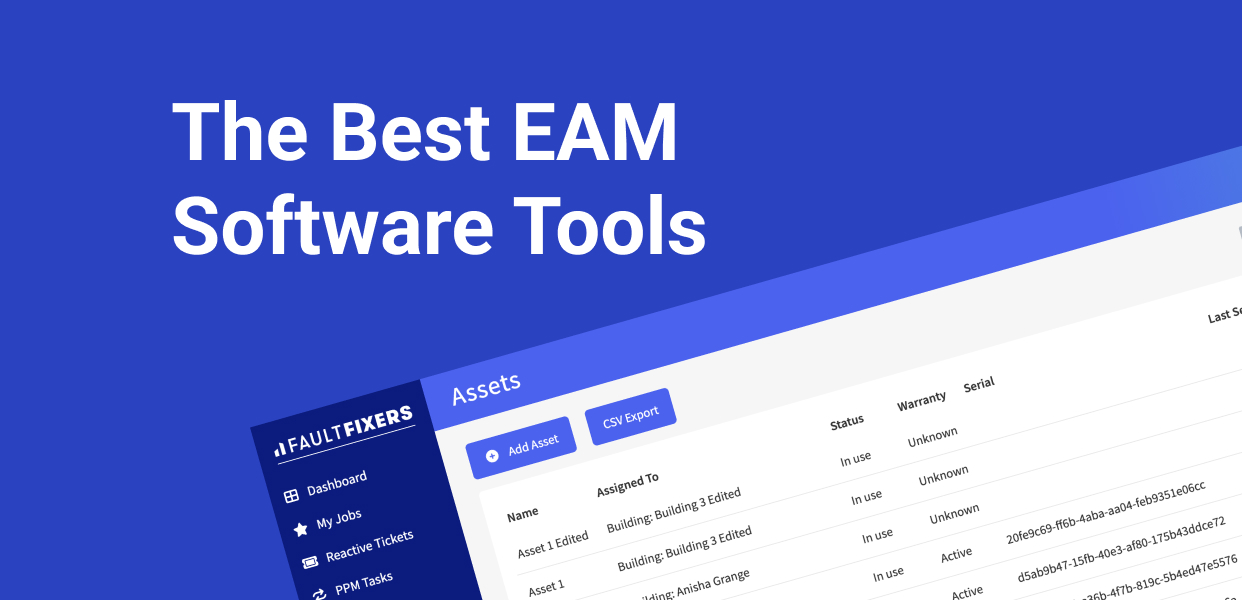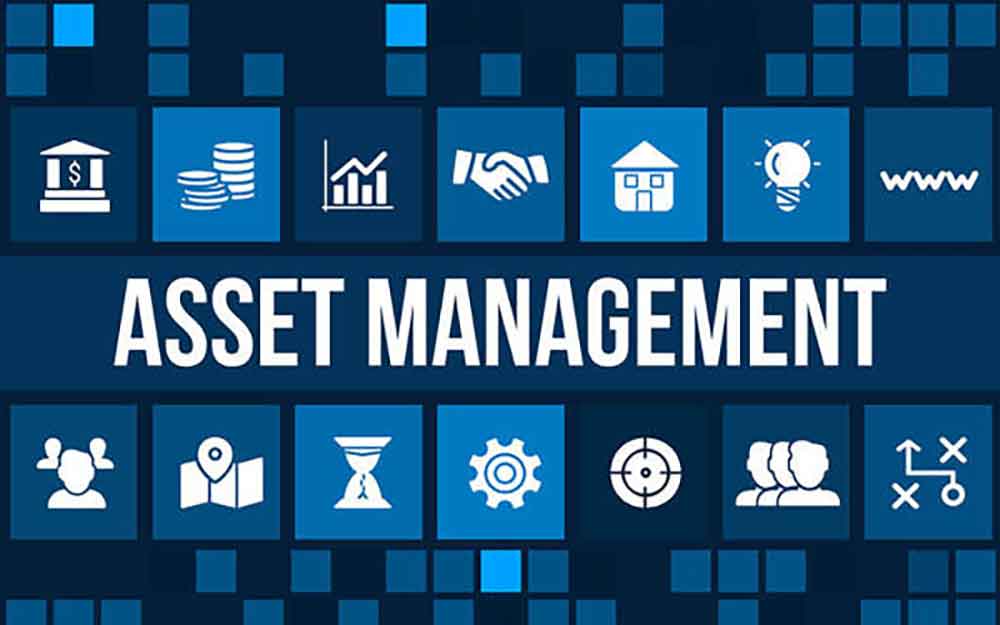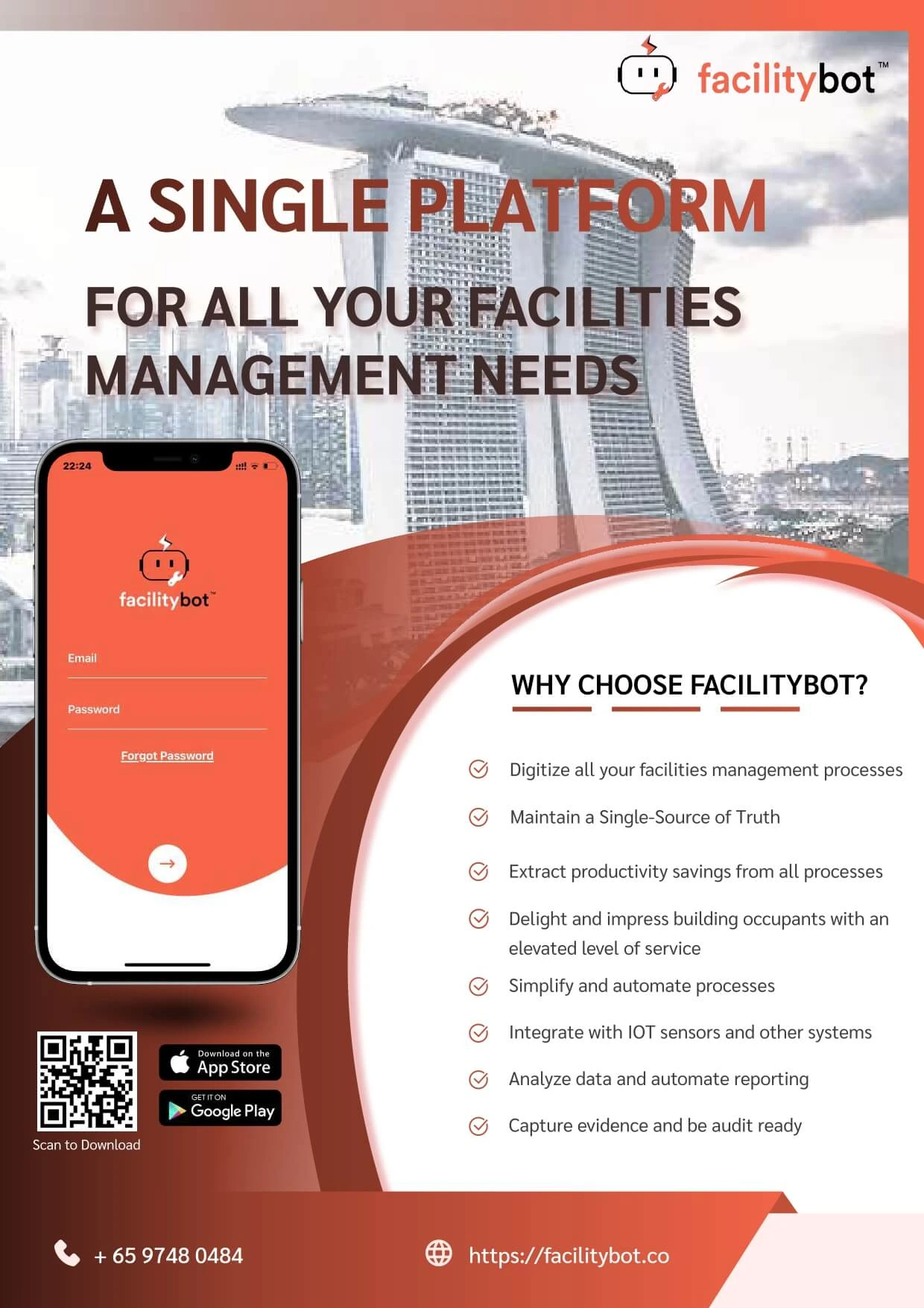Managing assets efficiently has always been a top priority for facility managers, property owners, and enterprises. From HVAC systems to lighting fixtures, every asset plays a role in keeping operations running smoothly. However, traditional asset management often relies on manual tracking, spreadsheets, and reactive maintenance — all of which lead to inefficiencies, higher costs, and reduced asset lifespan.
Enter AI in asset management — a game-changer that brings automation, intelligence, and predictive insights into how assets are monitored and maintained. Artificial intelligence is transforming the way organizations manage their equipment, enabling smarter tracking, longer lifecycles, and data-driven decision-making.
In this article, we’ll explore how AI-powered systems like FacilityBot are revolutionizing asset management and why now is the time to adopt intelligent maintenance solutions.
What Is AI in Asset Management?
AI in asset management refers to the use of artificial intelligence, machine learning, and predictive analytics to optimize the lifecycle of physical assets. These assets can include buildings, machinery, electrical systems, or even IT equipment.
Instead of relying on manual logs or reactive maintenance, AI-driven systems collect data from sensors, IoT devices, and maintenance records to make intelligent predictions — such as when an asset will likely fail or require servicing.

By leveraging algorithms, organizations can identify trends, detect anomalies, and plan maintenance proactively. This results in reduced downtime, cost savings, and improved asset reliability.
How AI Transforms Traditional Asset Management
Traditional asset management often involves:
- Manual inspections and record-keeping
- Reactive maintenance after breakdowns
- Limited visibility into asset health
- Guesswork in budget planning
With AI in asset management, these pain points are eliminated. Smart systems continuously monitor asset performance and environmental factors, automatically flagging potential issues before they escalate.
For example, if a motor in an HVAC unit begins to vibrate unusually, AI algorithms can detect the anomaly, notify maintenance teams, and even suggest corrective actions. This kind of predictive capability marks a major shift from reactive to proactive asset management.
Key Benefits of AI in Asset Management
1. Real-Time Asset Tracking and Monitoring
AI-driven asset management systems provide real-time visibility into asset conditions. Using IoT sensors and smart meters, data such as temperature, vibration, and usage hours are continuously collected and analyzed.
Platforms like FacilityBot centralize this data, allowing managers to see all assets in one place. This reduces the risk of lost, underutilized, or overworked assets — ensuring optimal performance across all facilities.
2. Predictive Maintenance for Longer Lifecycles
One of the most significant benefits of AI in asset management is predictive maintenance. Instead of waiting for assets to fail, AI models predict potential breakdowns based on usage patterns and performance data.
This predictive approach enables timely repairs, extends equipment lifespan, and reduces costly emergency fixes. For enterprises managing hundreds of assets, the long-term financial impact is substantial.
FacilityBot’s maintenance module integrates seamlessly with predictive tools, automatically scheduling work orders before issues arise — helping facilities achieve longer asset lifecycles.
3. Data-Driven Decision Making
AI empowers facility managers with actionable insights. Through continuous data analysis, managers can determine which assets deliver the best ROI, which are nearing end-of-life, and where maintenance budgets should be allocated.

For instance, if an AI system identifies that certain HVAC units consume more energy or require frequent repairs, managers can prioritize upgrades or replacements. This strategic decision-making leads to both operational efficiency and sustainability.
4. Automated Workflows and Fault Reporting
AI automates tedious administrative processes such as creating work orders, assigning tasks, and tracking completion. When an anomaly is detected, the system can instantly generate a fault ticket — complete with images, data logs, and priority levels.
With FacilityBot, automation goes even further. Users can report faults or view asset data directly through familiar messaging apps like WhatsApp, Microsoft Teams, or Slack. AI then routes the request to the appropriate technician and updates the ticket in real time.
This frictionless workflow improves response times, eliminates communication delays, and enhances tenant or staff satisfaction.
5. Optimized Asset Utilization
AI ensures that all assets are used optimally — not overworked or left idle. It can analyze usage trends, downtime, and environmental impact to recommend adjustments in scheduling or load distribution.
For example, if multiple chillers are available, AI can alternate their operation to balance wear and tear, ensuring a longer combined lifecycle.
This capability is a key reason why more organizations are investing in AI in asset management — it directly translates to lower operational costs and better resource management.
6. Enhanced Sustainability and Energy Efficiency
Sustainability is no longer optional. AI contributes to energy efficiency by monitoring real-time performance and recommending adjustments to reduce waste.
For example, AI can automatically adjust lighting and HVAC schedules based on occupancy patterns, reducing unnecessary energy consumption. Combined with software like FacilityBot, facility teams can generate reports showing energy savings and sustainability metrics — useful for ESG and compliance goals.
7. Improved Compliance and Audit Readiness
Maintaining compliance with safety and operational standards can be challenging when relying on manual documentation. AI simplifies compliance management by automatically logging inspections, maintenance activities, and asset performance data.
FacilityBot’s centralized dashboard stores all maintenance records, making it easy to generate reports for audits or certifications. This ensures that facilities remain compliant without the administrative burden.
How FacilityBot Leverages AI for Smarter Asset Management
FacilityBot, a leading facility and asset management software, has integrated AI and automation to streamline every stage of the asset lifecycle. From maintenance scheduling to fault tracking and reporting, FacilityBot brings intelligence to facility operations.
Here’s how FacilityBot enhances asset management:
- Automated fault detection: AI identifies anomalies and creates maintenance tickets automatically.
- Predictive maintenance: Data-driven insights forecast asset degradation and plan timely interventions.
- Cross-platform convenience: Teams can manage assets and maintenance tasks through WhatsApp, Teams, or Slack.
- Comprehensive analytics: Real-time dashboards provide visibility into asset conditions, downtime trends, and maintenance KPIs.
With FacilityBot, enterprises can ensure smarter tracking, reduced downtime, and extended asset longevity — aligning perfectly with the core promise of AI in asset management.
The Future of AI in Asset Management
The future of asset management is data-driven and intelligent. As AI technology evolves, expect to see:
- Digital twins for real-time simulation of facility assets
- AI-powered drones for inspecting high-risk or hard-to-reach areas
- Computer vision for automated fault recognition
- Machine learning algorithms that self-improve with every maintenance cycle
These advancements will enable facilities to become self-optimizing ecosystems — where assets communicate, predict failures, and even request maintenance autonomously.
For organizations adopting platforms like FacilityBot, this future is already within reach.
Conclusion
AI in asset management is not just a technological upgrade — it’s a strategic shift toward smarter, more sustainable facility operations. By leveraging predictive insights, automation, and continuous monitoring, AI ensures that assets last longer, perform better, and cost less to maintain.
Software like FacilityBot exemplifies how AI-driven platforms simplify maintenance, boost asset visibility, and create long-term value for enterprises.
As organizations move into 2025 and beyond, adopting AI in asset management will no longer be optional — it will be the foundation of operational excellence.




